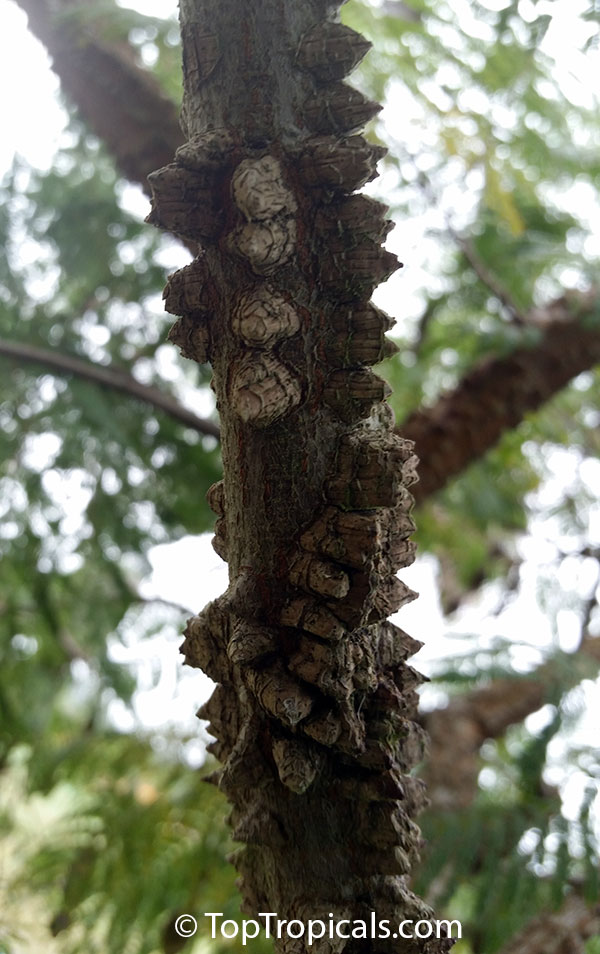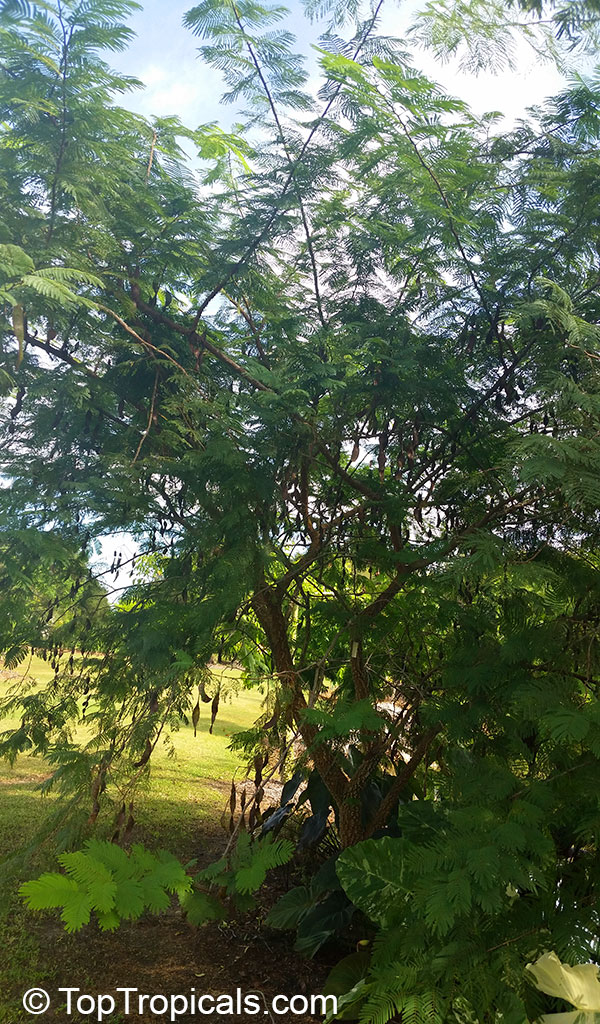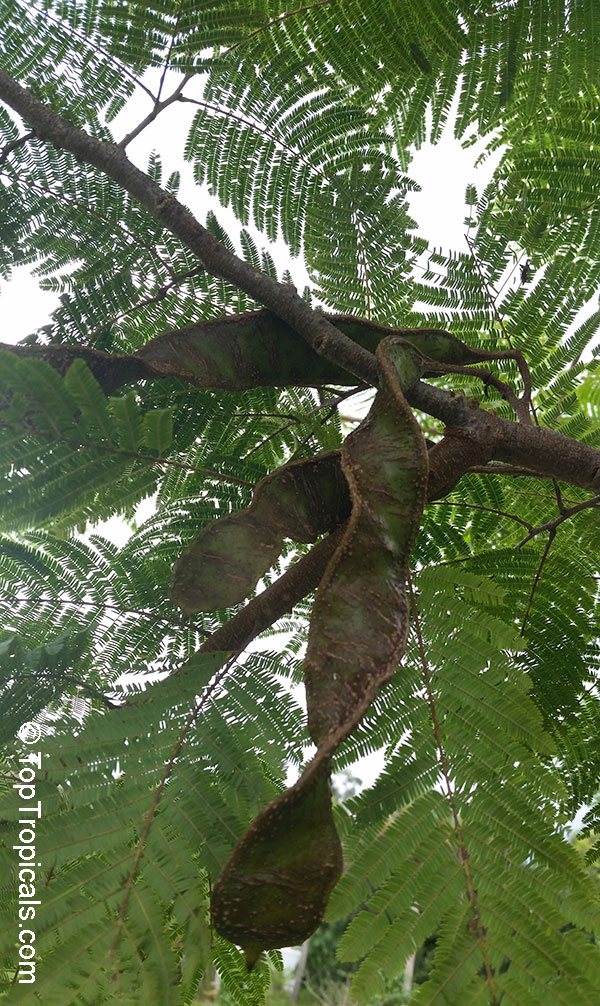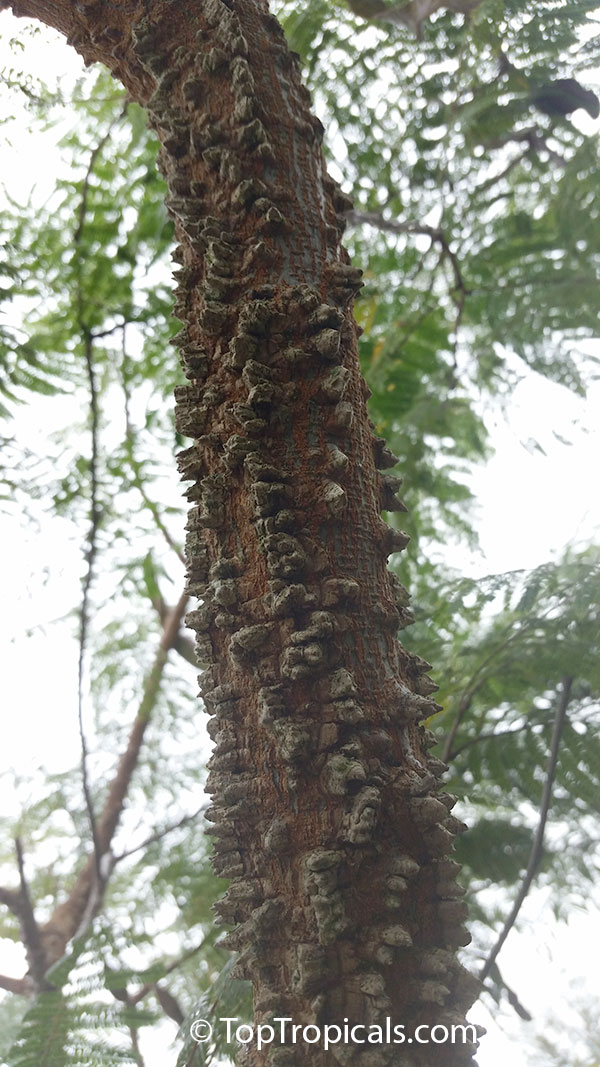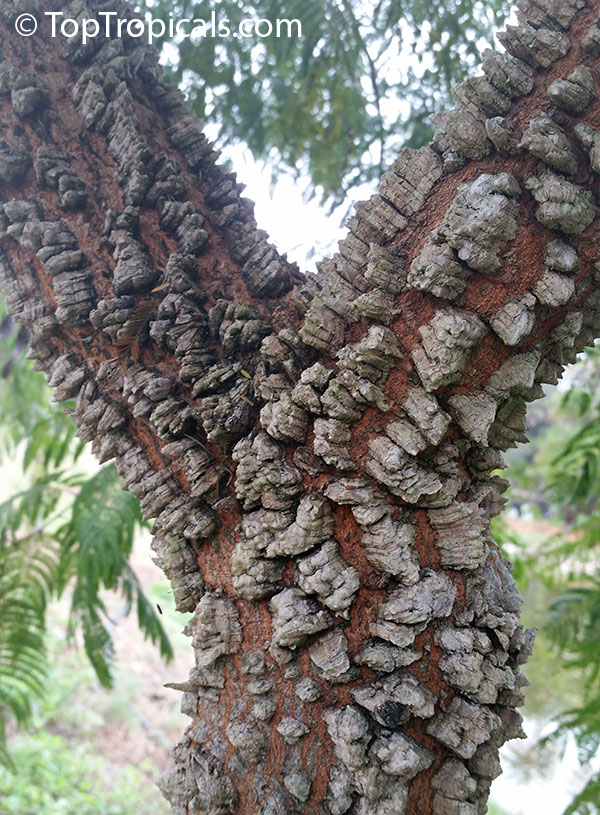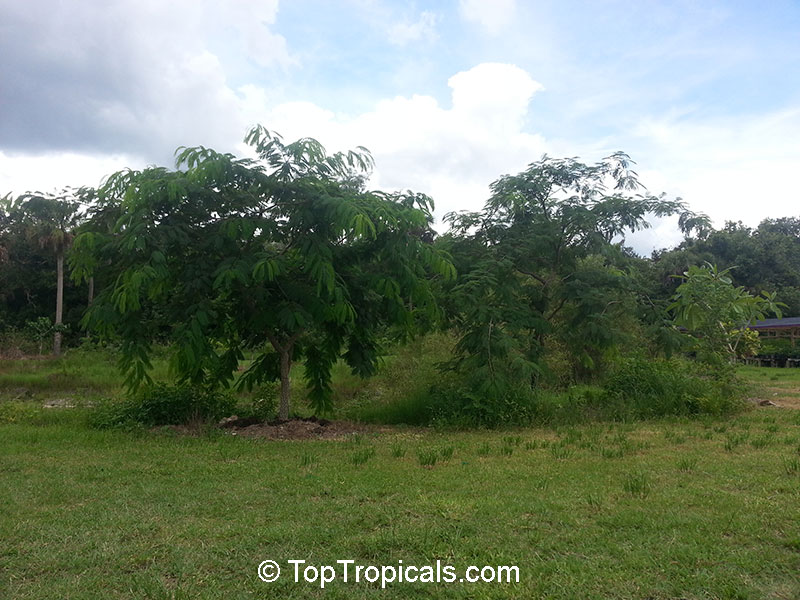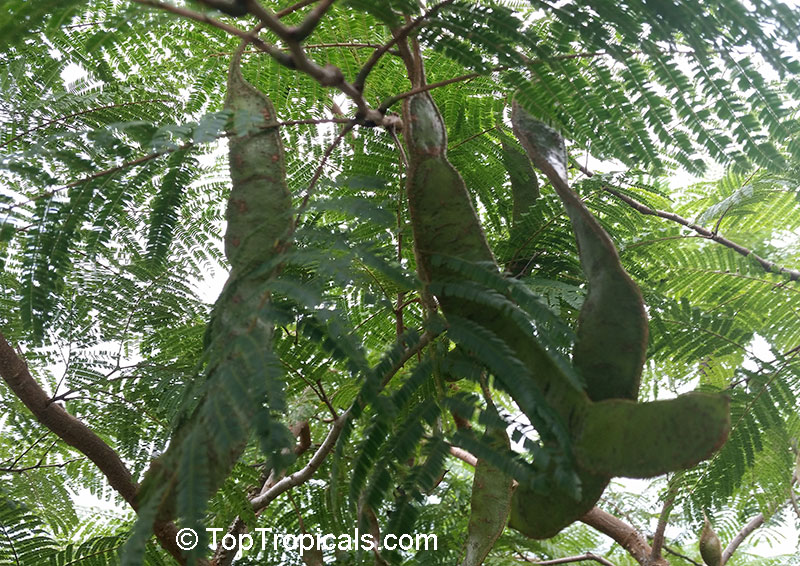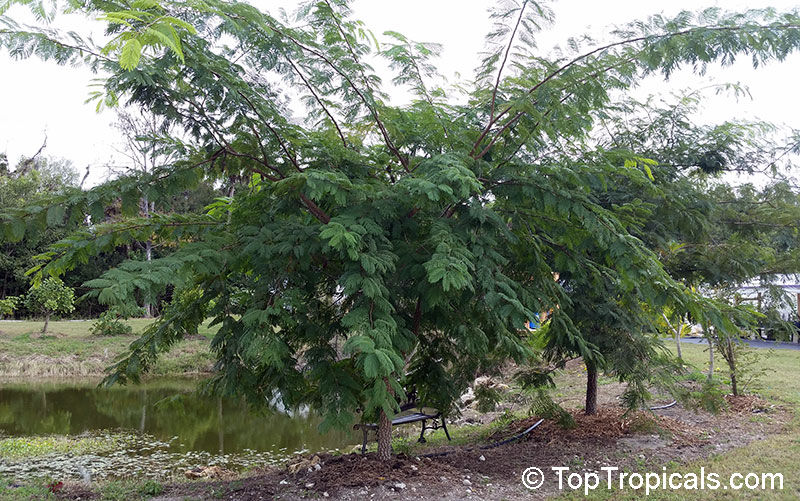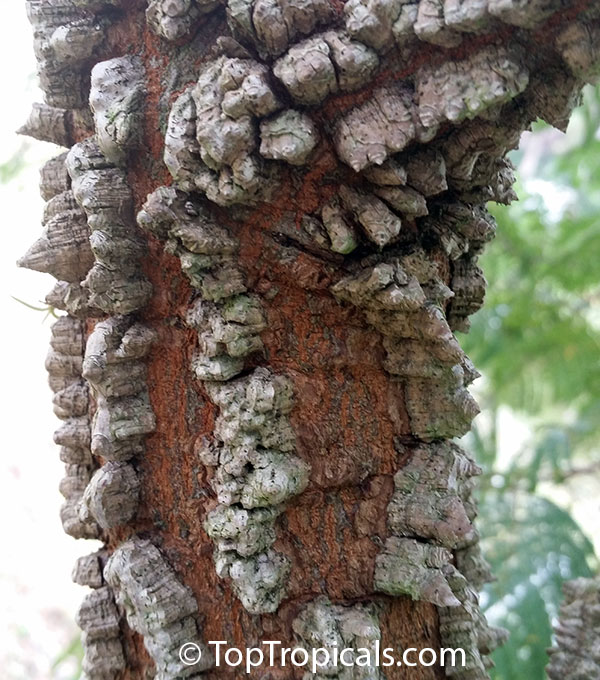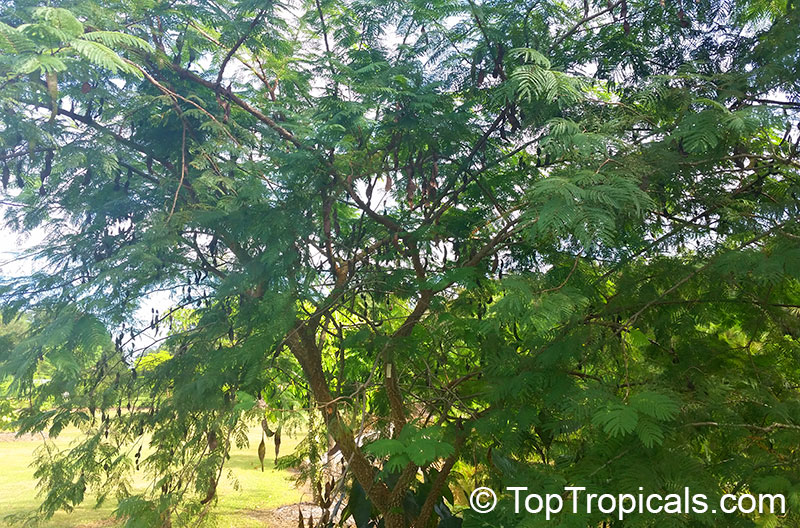Anadenanthera peregrina (Yopo)
Top Tropicals Plant Encyclopedia
Botanical name: Anadenanthera peregrina
Common names: Yopo, Jopo, Cohoba, Parica, Calcium Tree
Family: Fabaceae
Subfamily: Faboideae
Origin: Caribbean and South America







Anadenanthera peregrina or Yopo is a tall tree with a distinctive horny bark and feathery leaves. It is also known for its pale yellow to white spherical flowers. This plant is native to the Caribbean and thrives in full sun and moderate amounts of water. It is suitable for growing in USDA zones 8 -10 and can tolerate cold temperatures of at least 30°F for a short time.
In addition to its attractive appearance, Anadenanthera peregrina serves as an entheogen and is used in healing ceremonies and rituals. The beans, also known as seeds, and falling leaves of this plant contain hallucinogenic properties. It is closely related to Anadenanthera colubrina, also known as Cebi or Vilca, which has a similar chemical makeup with its primary constituent being bufotenin.
Anadenanthera peregrina is not only visually appealing, but it also attracts hummingbirds, butterflies, and other wildlife. It is a good source of dietary calcium and has been explored for its potential medicinal uses. When grown in a pot in cold climate regions, it should be brought indoors during the winter and moved outdoors in the summer when the risk of frost is gone. It should be watered regularly, avoiding over watering, and pruning can be used to encourage new growth as needed. Overall, Anadenanthera peregrinaoffers both aesthetic and medical value.
